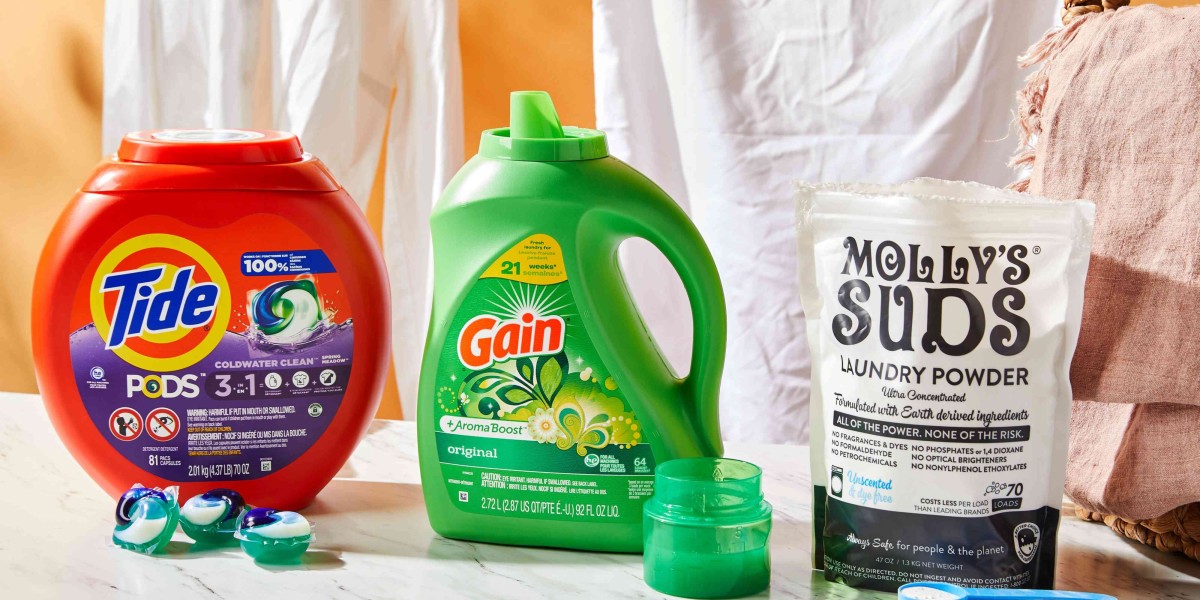Laundry detergents are designed to remove dirt, stains, and odors from clothing, but have you ever wondered how they actually work? Understanding the science behind detergent formulation and action can help you appreciate their effectiveness and make informed choices when selecting products for your laundry Laundry Detergent Manufacturer.
Surfactants: The Cleaning Agents
At the heart of every detergent are surfactants, short for surface-active agents. These molecules have a unique structure that allows them to interact with both water and oils (like those in dirt and grease), facilitating their removal from fabrics. Surfactants have a hydrophilic (water-attracting) head and a hydrophobic (water-repelling) tail.
When you add detergent to water and clothes, the hydrophobic tails of surfactant molecules attach to oils and dirt particles on the fabric. This action breaks down the surface tension of water, allowing it to penetrate the fabric more effectively. The hydrophilic heads then surround the loosened dirt particles, forming micelles that remain suspended in the wash water until they are rinsed away.
Enzymes: Breaking Down Stains
Many modern detergents also contain enzymes, which are biological molecules that catalyze chemical reactions. Proteases, amylases, lipases, and cellulases are common enzymes found in laundry detergents, each targeting specific types of stains:
- Proteases: Break down protein-based stains like blood, sweat, and grass.
- Amylases: Break down starch-based stains like pasta sauces and chocolate.
- Lipases: Break down fat and oil-based stains like butter and salad dressings.
- Cellulases: Enhance the removal of cellulose fibers and help to keep fabrics looking new.
Enzymes work by accelerating the natural breakdown of complex stains into smaller, more soluble fragments that can be easily washed away during the rinse cycle.
Builders and Additives: Enhancing Performance
In addition to surfactants and enzymes, laundry detergents often contain other additives to enhance their performance:
- Builders: Such as phosphates or zeolites, which soften water by binding to minerals that can interfere with cleaning agents.
- Optical Brighteners: These chemicals absorb ultraviolet light and emit blue light, making fabrics appear whiter and brighter.
- Fragrances: Additives that provide a pleasant scent to freshly laundered clothes.
Choosing the Right Detergent
When selecting a detergent, consider factors such as your washing machine type (HE or standard), water hardness, and any specific laundry concerns (like sensitive skin or tough stains). Some detergents are formulated for specific purposes, such as cold-water washing or eco-friendly practices, so reading labels and understanding ingredients can help you make an informed choice.
Conclusion
The science behind laundry detergents combines chemistry and biology to achieve effective cleaning results. By harnessing the power of surfactants to lift dirt and oils, enzymes to break down stains, and additives to enhance performance, modern detergents cater to a wide range of cleaning needs while minimizing environmental impact and promoting fabric care.
Understanding how detergents work not only improves your laundry routine but also allows you to appreciate the innovation and science behind everyday household products. Next time you do your laundry, remember the intricate process happening inside your washing machine to keep your clothes clean and fresh.



